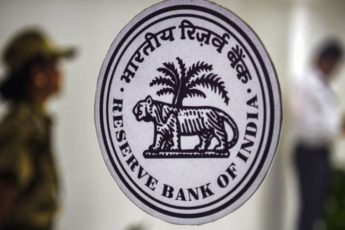Current Trends in Banking and Finance

The blog is written by C. Krishnan. The Author is Director, Financial Assistance & Senior Advisor, IFMR Graduate School of Business, Krea University.
I joined the banking industry in the pre-computerized era and have seen the many changes over the last three decades. However, the changes that I have witnessed in the last 10 years have probably been significantly more than what I had witnessed in the previous 25 years. The banking and financial services industry has been turning its focus toward innovation to prepare for a future that will be increasingly driven by technology.
Customers and prospective customers are no longer dependent upon banks as they used to be many years ago. Competition from shadow banking and Fintech/TechFin companies is growing. Lakshmi, Pepper, Nao, Ira and, Xiao Long may not be familiar names for the common person; however, they are quite familiar to the banking fraternity. What are they? They are humanoid robots and chatbots that are creating a revolution in the Banking and Financial Services Industry.
Some of the key trends that are re-shaping the BFS industry are:
A. Digital Transformation:
The industry is witnessing a continued and aggressive focus on digitization and the adoption of new and emerging technologies to bring in operational efficiencies, enhance speed-to-market and deliver superior customer experiences. Banks are cutting down expenses on branches to invest in self-service digital channels as mobile and online banking become more popular among customers. Digital wearable devices, which pack the power of smartphones, are making it increasingly feasible for banks to offer targeted services to customers.
B. FinTech Companies:
Many banks are seeking to exploit the opportunities presented by digital, either by leveraging the technologies in-house or by partnering with FinTech companies. Initially, these companies were seen as competitors taking advantage of the void that was created by the BFS industry’s inability to keep up with technological breakthroughs. However, today, Bank-FinTech partnerships are increasingly the norm, with the latter providing marketing, administration, loan servicing or other services enabling banks to offer tech-enabled banking products.
C. Building a Cognitive Side to the Business:
As new regulatory requirements and data protection laws put additional strains on already-stretched resources, emerging technologies such as AI and Robotic Process Automation are helping banks address these constraints efficiently.
D. Risk: Leveraging technology to elevate risk management:
Regulatory divergence, geopolitical instability, and the possibility of a downturn have created a host of impending risks, requiring financial institutions to rethink traditional approaches to risk management. Additionally, nonfinancial risks remain top of mind for regulators and banks alike and many have begun to sharpen their focus on this emerging subset of risks.
E. Transformation – Key to the Industry’s Future:
To be most effective, banks and financial institutions should re-define themselves as agile technology companies in the financial services industry, not the other way around. This implies that BFS companies should shed their non-core operations, retaining only those businesses that provide true differentiation for customers.
To summarize, as banks continue to cope with the developments that have already made an impact, their ability to transform themselves with speed and agility, and their future strategies to survive the next revolution, will determine the winners and losers in this increasingly digital world.





Leave a Comment